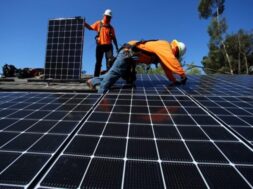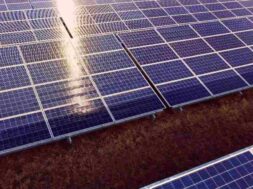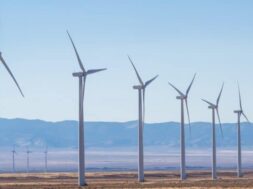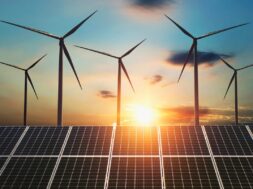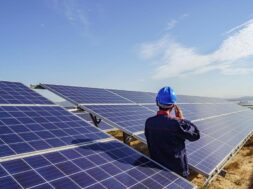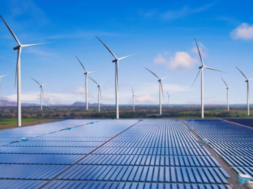
In Short : According to Rystad Energy, Africa is expected to surpass Europe in geothermal energy capacity by 2030. This growth is indicative of Africa’s increasing focus on renewable energy sources to meet its electricity needs and reduce carbon emissions. Geothermal energy, derived from the Earth’s internal heat, offers a sustainable and reliable power source, making it an attractive option for many countries striving to transition to cleaner energy alternatives. The region’s geothermal potential, coupled with advancements in technology and growing investments, positions Africa as a significant player in the global geothermal energy market.
In Detail : Africa’s geothermal sector will attract at least US$35 billion in investments by 2050, showing the critical role geothermal is set to play in meeting the continent’s rapidly growing energy demand. Rystad Energy’s latest projections reveal this significant investment will see Africa’s installed geothermal capacity surpass Europe by the end of the decade.
Despite being home to only about 1 GW of geothermal capacity in 2023 – half of Europe’s total – Africa’s total installed capacity will more than double by 2030, based solely on already announced projects. If yet-to-be-announced projects needed to meet government targets are also considered, capacity could triple by 2030. By 2050, Rystad expect geothermal power generation capacity in Africa to expand to 13 GW, more than double the expected 5.5 GW of installed capacity in Europe. Kenya and Ethiopia will lead the growth of Africa’s geothermal sector, accounting for close to 90% of total capacity.
“The geothermal industry in Africa is picking up steam and could help meet soaring demand across the continent in the decades to come. Analysing already announced projects signals significant growth on the horizon, but developments that Rystad projects to come online given economics and demand really highlight the rapid build out. This growth will take the continent from being the sixth largest geothermal power generator in 2023 to the third largest in 2030,” said Daniel Holmedal, Senior Supply Chain Analyst at Rystad Energy.
Geothermal power has contributed to Africa’s energy sector since the 1950s. The Democratic Republic of Congo was the third country in the world to build a geothermal power plant, with the commissioning of the Kiabukwa power plant in 1952. Today, international players are increasingly looking to the East African Rift for growth opportunities as geothermal energy provides a stable energy source that complements intermittent sources like wind and solar. Rystad Energy forecasts that in-vestments in Africa’s geothermal sector will reach at least US$35 billion from 2024 – 2050, driven by rapidly growing energy demand in East Africa.
International expertise and technical assistance have helped contribute to the growth of East Africa’s geothermal sector, in turn fostering the development of domestic expertise. Kenyan companies such as the Geothermal Development Company (GDC) and Kenya Electricity Generating Company (KenGen) are playing key roles in helping neighbouring countries establish their geothermal industry.
Kenya and Ethiopia will lead the growth of Africa’s geothermal sector, accounting for close to 90% of total capacity. This is due to their rich geothermal resources and the need to diversify Ethiopia’s power mix. The power supply in the two countries is expected to increase six-fold from 2023 – 2050, rising from 34 – 222 TWh. Rystad Energy projects that geothermal supply from the pair will rise well above 10 GW by 2050, potentially reaching as high as 12 GW.
Many African countries with geothermal potential rely heavily on hydropower for their electricity supply. Ethiopia, for instance, currently sources 88% of its electricity from hydro. However, this dependency places these countries at risk to external weather conditions such as droughts. By incorporating more geothermal energy into their power mix, African nations can help reduce their dependency on hydropower and mitigate these risks. While Kenya has limited potential for large scale hydropower projects, estimated at around 1 – 1.5 GW, Ethiopia has significant potential for hydropower generation. Its controversial Grand Renaissance Dam on the Nile, for example, has a capacity of more than 5 GW.


